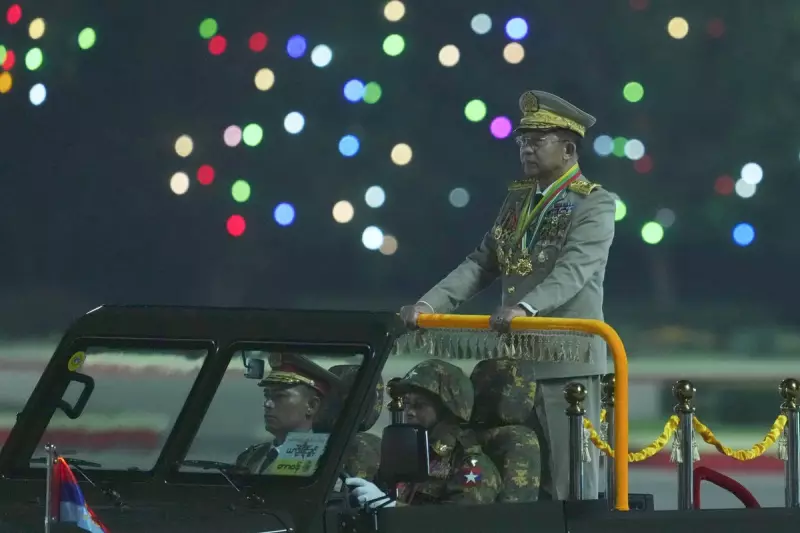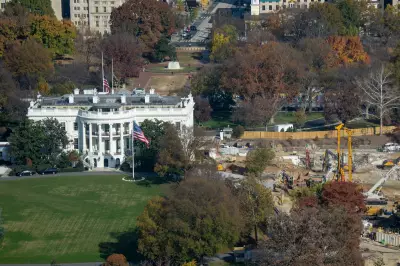
Thirty-five years after Myanmar's bloody 8888 Uprising, the shadow of military oppression still looms large over the Southeast Asian nation. The pro-democracy protests of August 8, 1988, which saw thousands massacred by the junta, remain a pivotal moment in Myanmar's turbulent history.
The Rise of Aung San Suu Kyi
From the ashes of the uprising emerged Aung San Suu Kyi, the Nobel laureate who became the international face of Myanmar's democratic resistance. Her decades under house arrest transformed her into a global symbol of peaceful defiance against authoritarian rule.
A Complex Legacy
Today, Suu Kyi's reputation lies tarnished following her controversial defence of Myanmar's military during the Rohingya crisis. Many former supporters now question whether the democracy icon became complicit in the very system she once opposed.
Echoes of 1988 in Modern Myanmar
The 2021 military coup has drawn striking parallels with the 8888 Uprising:
- Brutal crackdowns on peaceful protesters
- Widespread civil disobedience movements
- International condemnation of the regime
- Generation-defining resistance from Myanmar's youth
Yet crucial differences remain. Today's protest movement lacks a singular unifying figure like Suu Kyi, while social media has transformed how resistance organizes and communicates.
The Long Road Ahead
As Myanmar's military continues its violent suppression of dissent, the lessons of 1988 remain painfully relevant. The country's struggle demonstrates how quickly democratic hopes can be dashed - and how resilient the human spirit remains in the face of oppression.





